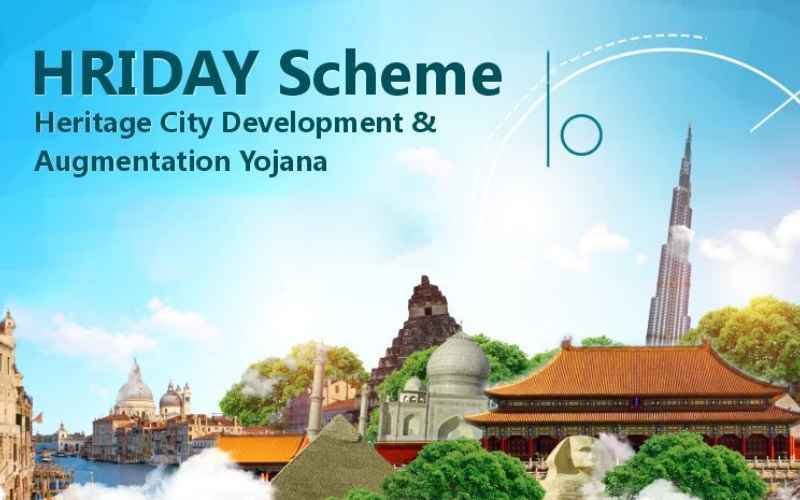In a country where cardiovascular diseases have become a leading cause of mortality, the Hridaya Yojna emerges as a beacon of hope. This government initiative aims to provide comprehensive cardiac care to the underprivileged sections of society, ensuring that quality treatment is accessible to all, regardless of financial constraints. Let’s delve into the various aspects of this life-saving scheme and understand its impact on India’s healthcare landscape.

Objectives of Hridaya Yojna
- Universal Cardiac Care: The primary goal is to offer advanced cardiac treatment to patients who cannot afford expensive medical procedures.
- Early Detection and Prevention: Promoting regular screenings and awareness programs to detect heart conditions at an early stage.
- Infrastructure Development: Enhancing the cardiac care infrastructure in government hospitals and primary health centers across the country.
- Financial Assistance: Providing financial support for surgeries, medications, and post-operative care.
- Training and Research: Facilitating training programs for medical professionals and encouraging research in the field of cardiology.
Key Features
- Free Cardiac Screenings: Regular health camps and screenings in rural and urban areas to identify potential heart issues early.
- Subsidized Treatments: Significant subsidies on expensive cardiac procedures like angioplasty, bypass surgery, and valve replacements.
- Emergency Care Units: Setting up specialized cardiac emergency care units in existing hospitals to handle urgent cases.
- Mobile Health Units: Deployment of mobile health units equipped with diagnostic tools to reach remote and underserved areas.
- Public Awareness Campaigns: Extensive campaigns to educate the public about heart health, risk factors, and preventive measures.
Impact
Since its inception, Hridaya Yojna has made a profound impact on cardiac care in India:
- Increased Accessibility: Thousands of patients have received life-saving treatments that were previously out of their reach.
- Early Diagnosis: With regular screenings, many heart conditions are being detected early, leading to better outcomes.
- Reduced Mortality Rates: The timely intervention and availability of advanced treatments have contributed to a decline in cardiac-related deaths.
- Empowered Communities: Through education and awareness, communities are becoming more conscious of heart health and lifestyle changes.
Success Stories
Rajesh’s Revival: Rajesh, a 45-year-old farmer from a small village in Uttar Pradesh, suffered a heart attack. Thanks to the mobile health unit under Hridaya Yojna, he was quickly diagnosed and transported to a government hospital where he received a successful angioplasty, free of charge. Today, Rajesh leads a healthy life, aware of the importance of regular check-ups and a balanced diet.
Anita’s Assurance: Anita, a school teacher in Bihar, regularly attends the cardiac health camps organized in her locality. These camps, part of Hridaya Yojna, provide free screenings and health tips. Early detection of a minor heart issue in Anita’s case led to preventive measures that saved her from major complications later.
Challenges and the Way Forward
While Hridaya Yojna has achieved significant milestones, several challenges remain:
- Resource Allocation: Ensuring adequate funding and resources to sustain and expand the initiative.
- Awareness Penetration: Reaching out to the most remote areas and educating people about the availability and benefits of the scheme.
- Quality Control: Maintaining high standards of care and ensuring that all participating hospitals and units meet the required guidelines.
Future Plans:
- Expanding the network of mobile health units to cover more remote areas.
- Introducing telemedicine services for continuous monitoring and follow-up.
- Enhancing collaborations with private hospitals to broaden the reach and improve service delivery.
Conclusion
Hridaya Yojna is a transformative initiative in India’s healthcare system, bridging the gap between quality cardiac care and the financially disadvantaged. By addressing both treatment and prevention, it sets a precedent for holistic healthcare approaches. As the program continues to evolve and expand, it promises a healthier future for millions, ensuring that heart health is not a privilege, but a right for all.








